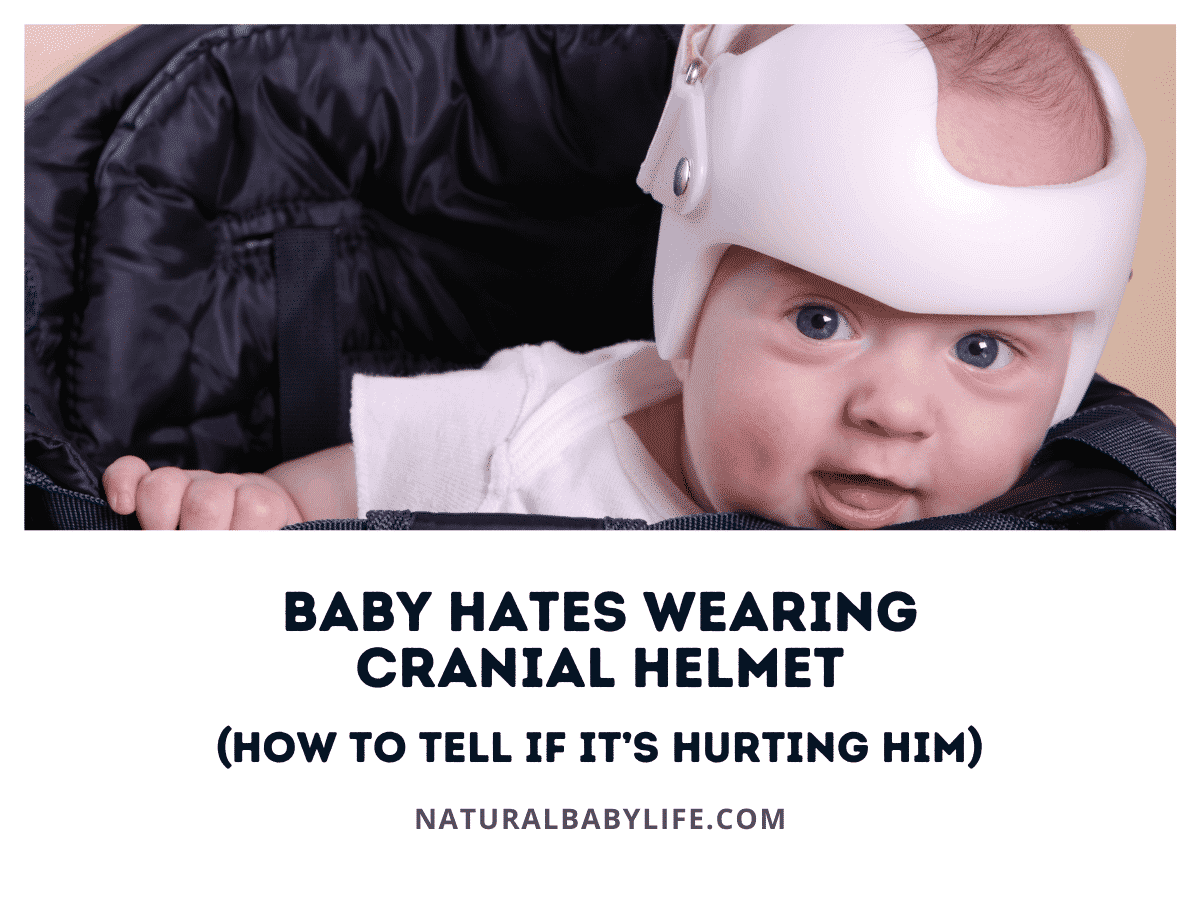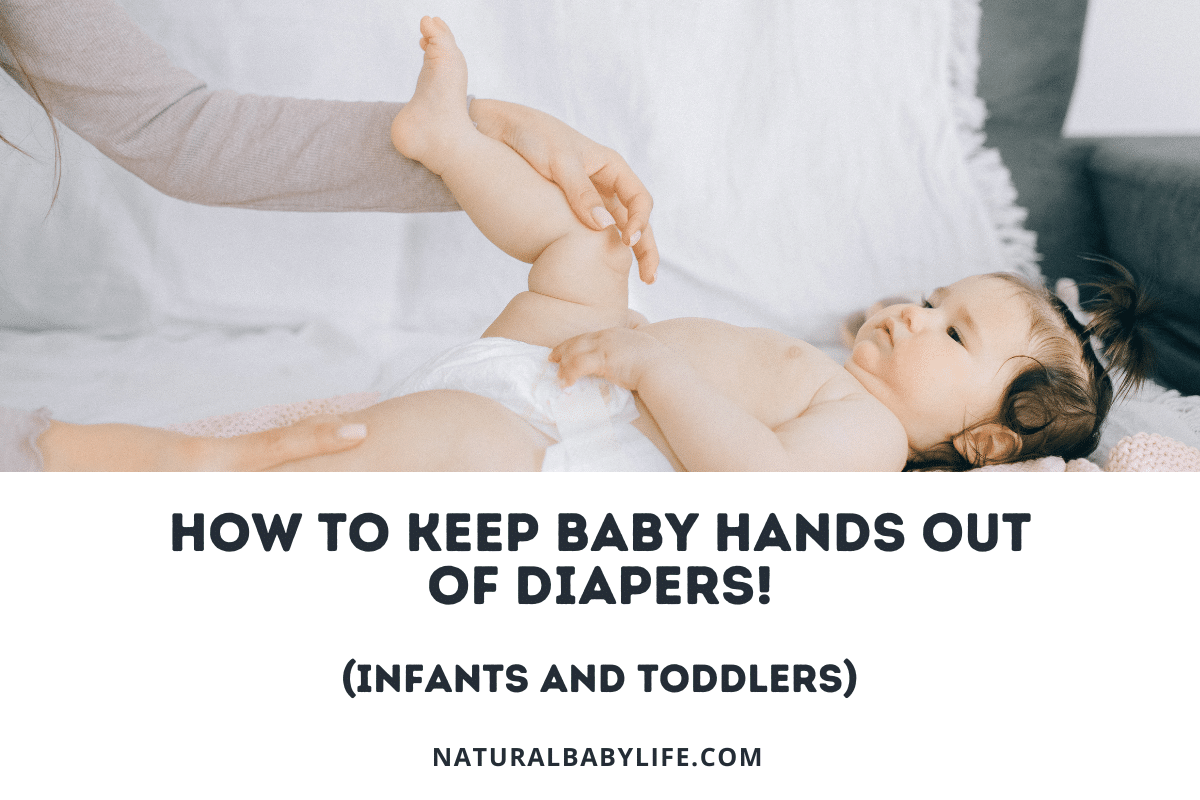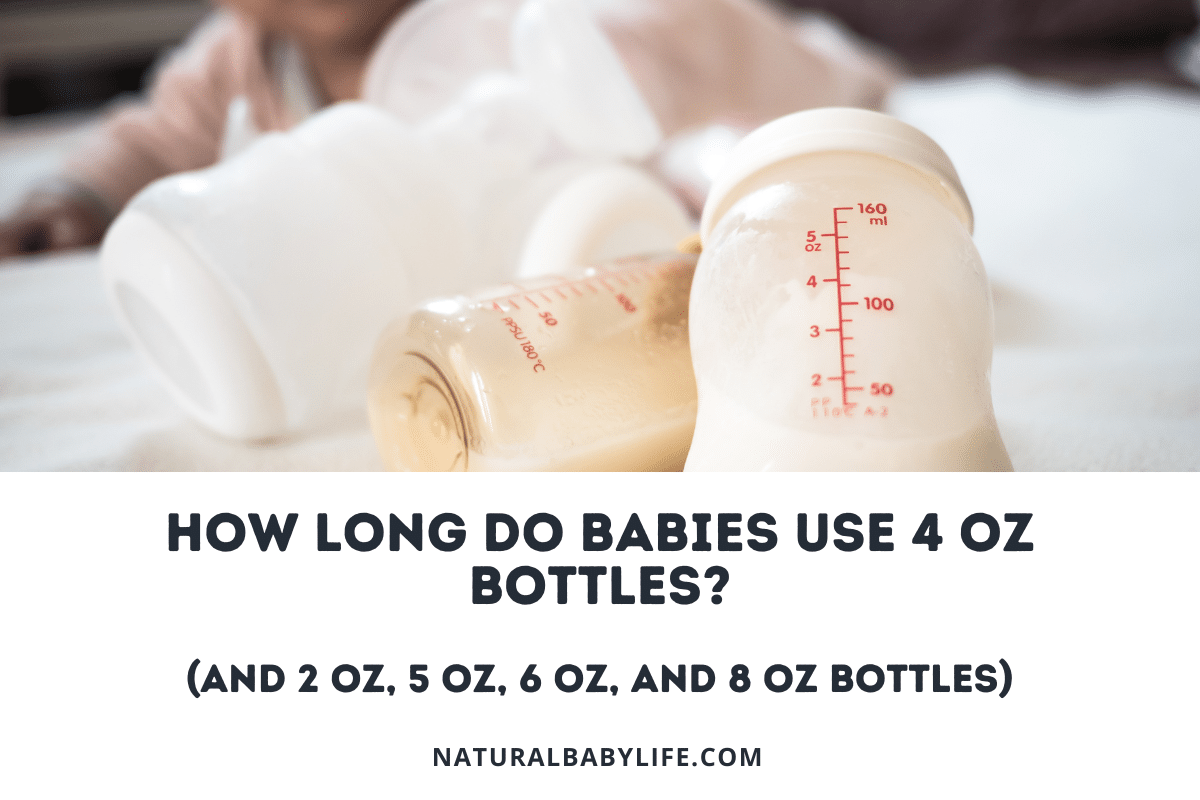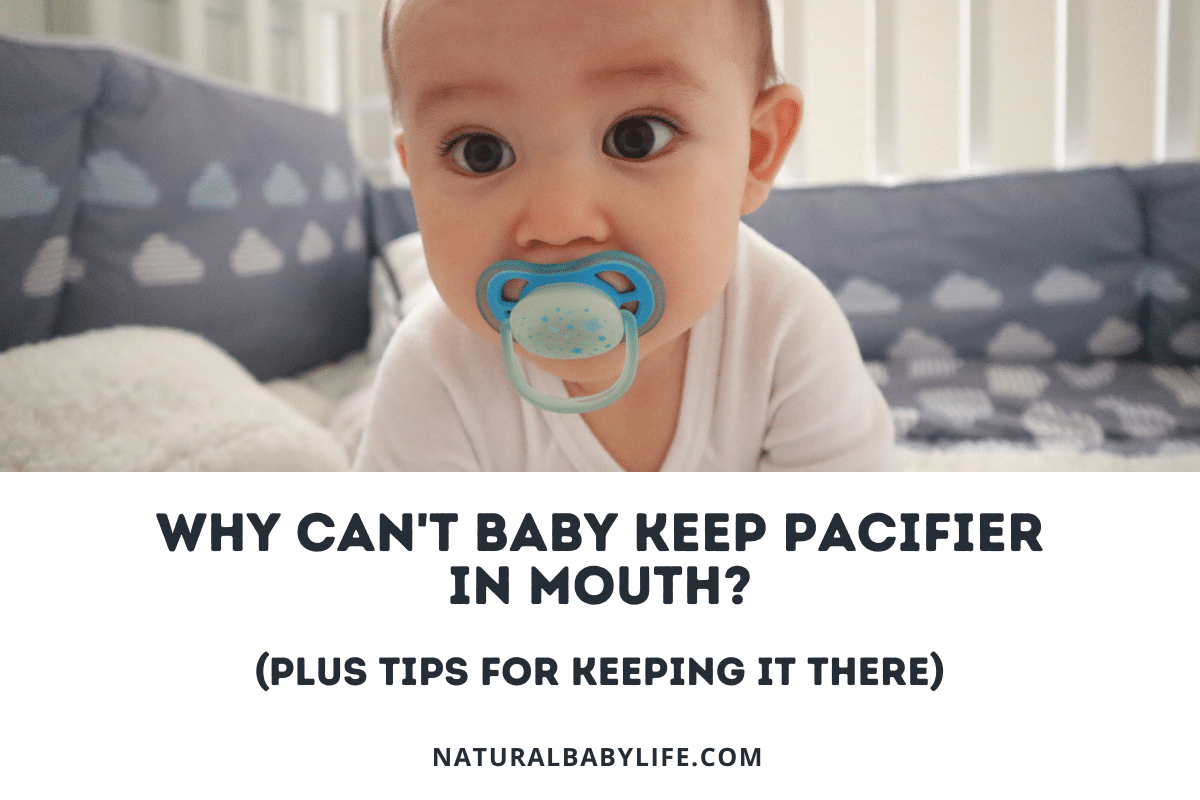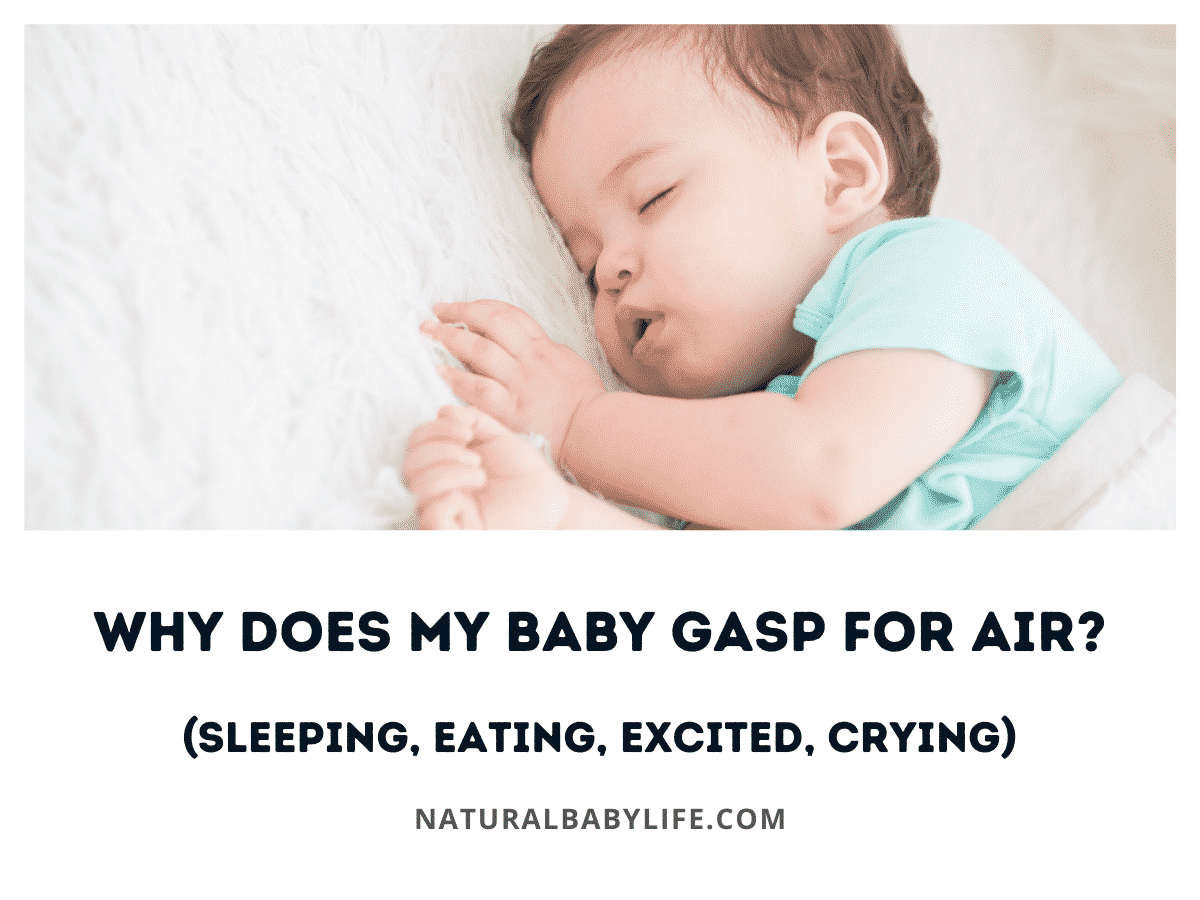You’re probably reading this article because your baby was prescribed a cranial helmet to help correct their head shape. Even though cranial helmets can work wonders on the shape of your baby’s head, some kiddos absolutely hate wearing the helmets, but is there anything you can do?
If your baby hates wearing their helmet, I’m sorry! Just know that most babies get used to them pretty quickly, usually within the first several days. Some kids, though, are just particularly sensitive to stuff on their head, and wearing a helmet around 24/7 is pretty much torture, there are some things you can do to make them more comfortable.
Keep reading to learn about the proper fit for a cranial helmet, and some tricks to help keep you and your little one happy.
Table of Contents
Baby doesn’t like wearing helmet
Although cranial helmets can help fix irregularities in a baby’s head shape, they can also cause some uncomfortable side effects for the baby wearing them. In a study done in the Netherlands, parents of every single baby who had worn a helmet in the study reported instances of skin irritation, sweating, and difficulty cuddling because of the helmet. These side effects (especially the skin irritation) can cause some babies to absolutely despise wearing their helmet.
Serious side effects with cranial helmets are practically unheard of, although it’s extremely common for babies to hate being fitted for their helmet. Most babies will also dislike wearing their helmet for the first few days until they get used to the feeling of it being on their head.
If your baby seems to hate their helmet after the first week or so of constant use, it might be worth checking with their doctor to make sure the helmet is fitting correctly. At each scheduled appointment, the helmet therapist will check the fit of your little one’s helmet to make sure it’s fitting correctly without hurting your baby.
Do cranial helmets hurt babies?
Cranial helmets have been specifically designed to gently cradle your baby’s head and let it grow out into a normal shape.
The helmets don’t put excess pressure on a baby’s head, nor do they hurt like braces or other types of cosmetic adjustments. Adjustments to the helmet are made often as your baby grows, so the helmet should never get too small or tight for your little one. The helmets are also lined with soft cushioning to help improve the safety and comfort of your baby.
If your baby is crying after you’ve put on a cranial helmet for the first time, it’s probably due to discomfort rather than pain. Babies aren’t used to having things on their heads, so a bulky helmet is going to take some getting used to. After a few days, your baby should get used to the helmet and settle back into a normal rhythm.
Some children love their helmet from the moment they put it on; it just depends on the baby!
Is my baby’s helmet on wrong?
Most helmets come with clear instructions that tell you what to look for in terms of the helmet fit.
Generally, you’ll want to keep an eye out for any redness that might indicate excessive pressure on your little one’s head. If the redness lasts for longer than 30 minutes, it means the helmet isn’t fitting correctly and needs to be adjusted.
Each type of helmet has a different fit, so be sure to follow the instructions for putting it on your child. At your first fitting appointment, the doctor should show you how to put the helmet on your baby. If you ever have any questions about whether the helmet is fitting correctly, feel free to call your doctor for advice.
Why do babies wear helmets?
Babies are prescribed cranial helmets to help treat plagiocephaly, a condition sometimes known as ‘flat head syndrome.’ Plagiocephaly affects nearly half of all babies, with 10% of cases being severe enough to warrant helmet treatment.
Plagiocephaly wasn’t always so common, but the newer practice of putting babies to sleep on their backs has increased the prevalence of the syndrome. While putting infants to sleep on their backs substantially reduces the risk of SIDS (Sudden Infant Death Syndrome), it also makes it far more likely for babies to develop a flat spot on their heads.
Corrective bands and helmets targeting plagiocephaly were developed in the 1970’s, and have been used since that time to treat the syndrome.
The helmets act as a brace, gently shaping and correcting the head by allowing regular growth in areas that have been flattened. Helmets don’t squeeze a baby’s skull back into shape, they just cushion the head so the skull can grow normally.
In most cases, cranial helmets are considered cosmetic rather than medical devices. Helmets can make your baby’s head look more regular, much like braces help straighten teeth. Also like braces, cranial helmets aren’t often medically necessary.
Plagiocephaly doesn’t affect a baby’s brain development, but extreme cases can cause functional challenges in adulthood (poor fitting sports helmets and eyeglasses, flat areas with short hairstyles, jaw misalignment, etc). If your child’s pediatrician notices extreme plagiocephaly, they’ll recommend physical therapy, a cranial helmet, or a combination of the two.
Proper way for baby to wear helmet
It’s a good idea to practice putting on your baby’s helmet a few times at the doctor’s office to make sure you’ve gotten the process down before heading home.
If the helmet is too tight, you’ll notice redness on your baby’s skin that lasts for more than 30 minutes. You can loosen the helmet slightly using the straps, or you may need to go for a followup visit so the doctor can adjust the helmet fit.
Although each baby helmet is a bit different, general wearing guidelines are similar across brands:
- Make sure both the helmet and your child’s head are dry.
- If the helmet has a velcro strap, undo it. If the strap has snaps, undo those.
- Expand the helmet slightly by pulling it apart.
- Place it on your baby’s head.
- Adjust the helmet so it fits correctly (different brands have different fits).
- Pull the helmet closed and fasten the straps. Don’t over tighten, or it can cause excessive pressure and redness.
How long do babies wear helmets?
Helmet therapy timelines vary depending on the age of your baby and how severe their plagiocephaly diagnosis might be.
Usually, the earlier your child starts a helmet, the quicker their treatment will be. Most helmets are diagnosed for babies between 3 to 18 months of age, and treatments usually last from five weeks to four months. Once your child hits 18 months, their treatment will end.
That’s because a child’s head shape is fully formed by the age of two, and helmet therapy won’t change anything after that point.
Can I fix my baby’s head without a helmet?
Depending on the severity of your baby’s plagiocephaly, it is possible to help correct their head without a helmet.
If your baby is younger than four months old, extra tummy time and special physical therapy stretches and repositioning techniques are especially effective. Regardless of the age of your baby, giving them as much tummy time as possible is going to work wonders for the shape of their head. You can also do gentle stretches with your baby’s neck to make sure the muscles are loose and flexible in all directions.
There is some debate among doctors about the effectiveness of cranial helmets, even in severe cases of plagiocephaly. In several studies, scientists found that the outcomes for babies who use helmets and those in the control group are nearly identical.
If you don’t want to take any chances with the shape of your baby’s head, then a helmet isn’t going to hurt anything; however, if you’re not sold on the helmet idea, there are plenty of excellent alternatives that produce similar results. As always, chat with your child’s pediatrician about their suggestions before you start any treatment.
Why does my baby hate wearing his helmet?
There are a few possible reasons why your baby might hate wearing his helmet:
It’s brand new
Babies aren’t used to having stuff on their heads, so the sudden appearance of a helmet that’s on literally all the time is likely to cause some distress.
Nearly every baby who goes through helmet therapy seems to hate their helmet for the first day or so. Luckily, babies get used to their helmets quickly, and should settle into a rhythm with it after a little bit.
It’s too tight
It’s important to update the sizing and fit of your baby’s helmet often in order to keep it comfortable for your little one.
If you notice red marks on your baby’s head that don’t disappear after 30 minutes, it’s a good indicator that the helmet might not be fitting correctly.
Loosen it if you can, and schedule an appointment with the doctor to change the fit on the helmet.
It’s causing skin irritation
Helmets can cause rashes and excessive sweating, which isn’t comfortable for anyone.
Make sure that your child’s head is dry before putting their helmet on, and keep them in loose clothing that won’t trap too much heat. If your baby develops a rash, you’ll want to take the helmet off a bit more often to let the rash heal.
Check with a doctor if your baby’s skin looks raw or is bleeding.
How can I make helmet wearing easier?
Even though helmet therapy can be quite the process, there are a few things you can do to help the experience go a bit more smoothly:
Follow the instructions
This one might be obvious, but follow the instructions given to you by your doctor.
Helmet therapy only works if you’re consistent: your baby will need to stay in the helmet all day except for during bathtimes.
Make sure you attend all fitting appointments, and ensure a proper fit on the helmet whenever you put it back on your little one.
Make it Fun
Many parents choose to decorate their baby’s helmet to make the experience more positive.
I’ve even seen parents who choose to wear bike helmets around in solidarity with their little helmeted munchkin. Focusing on the cute, fun aspects of helmet therapy can make the rough patches seem more manageable.
Hygiene
Wearing a helmet for 23 hours a day is bound to get a bit smelly. With that being said, it’s still important to wash your baby’s head and the inside of the helmet daily.
Good helmet hygiene will actually make your life easier in the long run: daily baths can help reduce the risk of rashes and skin irritation.
Time it Right
Helmet therapy really only works for babies between the ages of 3 and 12 months.
If you choose to pursue helmet therapy, make sure you get the process started as early as possible. Waiting too long to start helmet therapy is going to make the whole process less effective and more frustrating.
Consider the Cost
Because helmet therapy is often considered cosmetic, you might find that your insurance won’t cover the cost.
Make sure you do your research before jumping into helmet therapy, and ensure that you’ll be able to pay for the process before you commit to it.

